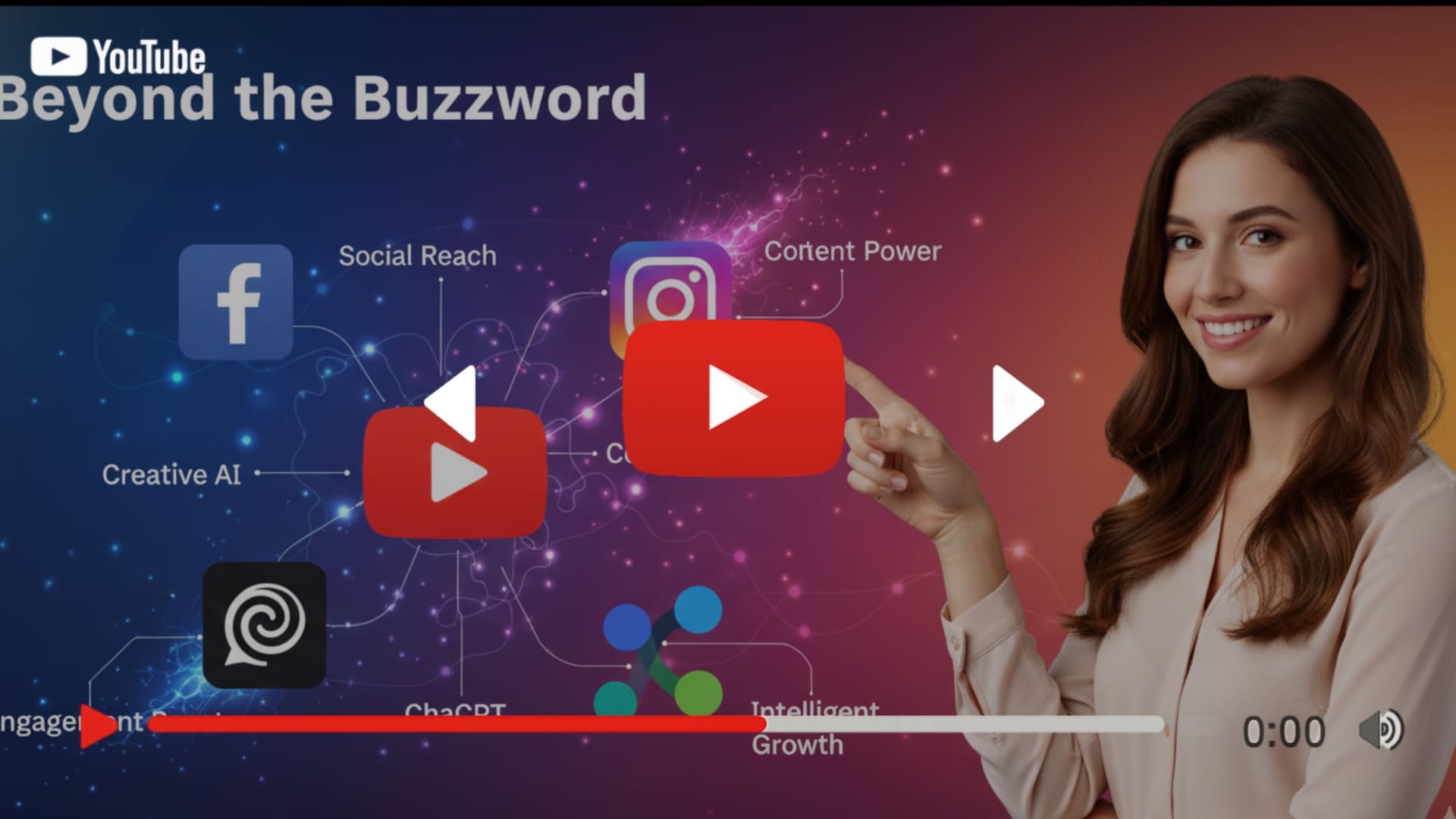We've all heard the promises of Artificial Intelligence: revolutionary efficiency, unprecedented insights, and transformative growth. But for many business leaders, AI remains a lofty concept, stuck in the realm of theory. How do you move from 'what if' to 'what now'? How do you integrate these powerful tools into your existing workflows to actually save time and drive measurable results? This guide cuts through the noise, providing a practical, step-by-step framework for implementing AI and strategic prompt engineering to automate processes and unlock real business value.
Why 'AI Integration' Is More Than Just a Buzzword
Integrating AI isn't about replacing your team; it's about augmenting it. The true value lies in automating high-volume, low-complexity tasks, freeing your human experts to focus on strategic, creative, and complex problem-solving. When implemented correctly, AI can analyze vast datasets in seconds, personalize customer interactions at scale, and streamline internal processes, leading to significant time savings and a massive boost in productivity. The goal is not just to do things faster, but to do them smarter and create new capabilities that were previously impossible.
Step 1: Audit Your Workflows for AI Opportunities
Before you can implement AI, you must know where it will have the greatest impact. Start by auditing your current business processes. Look for the bottlenecks, the repetitive tasks, and the data-heavy decisions. Ask your teams where they spend the most time on manual work.
- Customer Service: Can an AI chatbot handle common Tier-1 inquiries, freeing up agents for complex cases?
- Marketing: Can generative AI assist in creating first drafts of ad copy, social media posts, or email campaigns?
- Operations: Can an AI model analyze supply chain data to predict demand or identify inefficiencies?
Identify 2-3 high-impact, low-complexity areas to serve as your starting point.
Step 2: Start with a Pilot Project
Avoid the common pitfall of trying to overhaul your entire business at once. Start with a single, well-defined pilot project. This focused approach allows you to learn, test, and demonstrate value quickly without disrupting core operations. Choose one of the processes identified in your audit and set clear, measurable goals. What does success look like? Is it 'reduce customer response time by 20%' or 'cut content draft time by 50%'? A successful pilot builds momentum and provides a concrete case study for wider adoption.
Step 3: Master the Language of AI: The Role of Prompt Engineering
This is the step where most initiatives fail. You cannot simply 'plug in' an AI and expect magic. Generative AI tools are powerful, but their output is entirely dependent on your input. This is the domain of prompt engineering. Your team must learn how to ask the AI the right questions, provide the right context, and define the desired output with precision. Integrating AI into a workflow means building standardized, effective prompts that can be used consistently to automate a specific task. For example, a marketing prompt isn't just 'write a blog post'; it's 'Act as a senior copywriter for a B2B SaaS company. Write a 500-word blog post on [Topic], using a professional tone, targeting [Persona], and including the keywords [Keywords].'
Step 4: Choose Your Tools and Provide Training
With your pilot project and prompt strategy in mind, you can now select the right tools. This could range from using a third-party SaaS platform with built-in AI features, to leveraging powerful APIs from models like GPT-4, to building a custom in-house solution. Whichever path you choose, training is non-negotiable. Your team needs to understand not only *how* to use the tool, but *why* they are using it and *how* it fits into the larger workflow. This demystifies the technology and fosters adoption rather than resistance.
Step 5: Measure, Iterate, and Scale
AI implementation is not a 'set it and forget it' project. It's an iterative cycle. Once your pilot is live, closely monitor your key metrics. Is the AI performing as expected? Is it saving time? Is the output quality consistent? Gather feedback from the team using the tool. Use this data to refine your prompts, adjust your workflow, and improve the process. Once your pilot project is a proven success, use the lessons learned to begin scaling the solution to other parts of the business.
Conclusion: From Theory to Tangible Results
Integrating AI into your business workflow is a strategic journey, not a single event. It begins by moving past the hype and focusing on practical application. By identifying the right opportunities, starting small, mastering the art of prompt engineering, and committing to an iterative process, you can transform AI from a futuristic buzzword into a daily driver of efficiency and real-world results.
Visual Demonstration
Watch: PromptSigma featured Youtube Video
